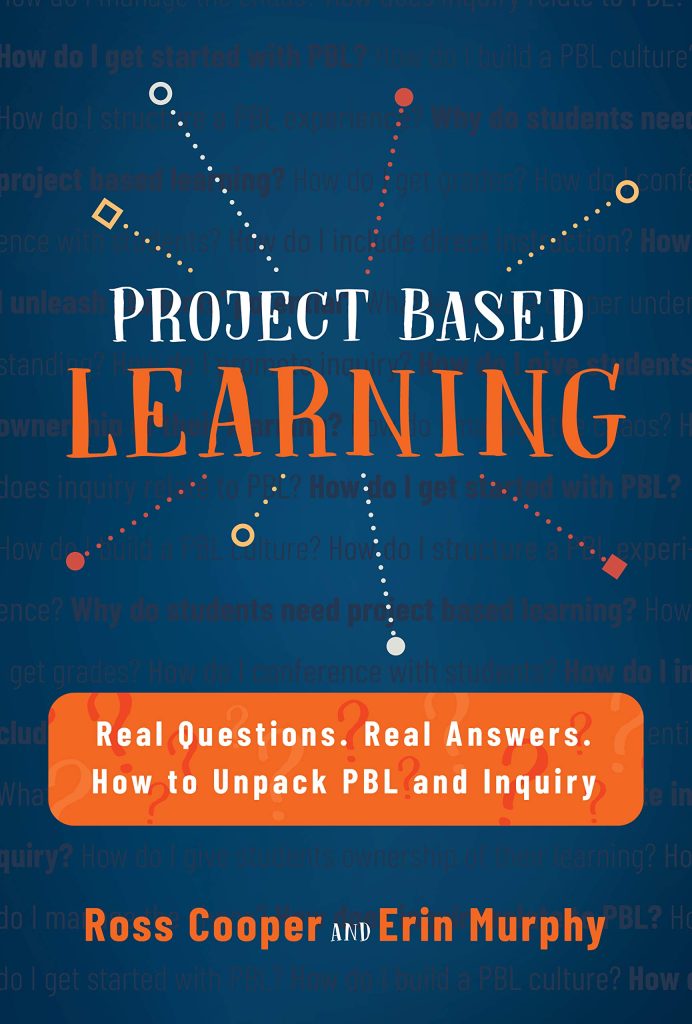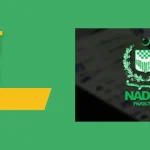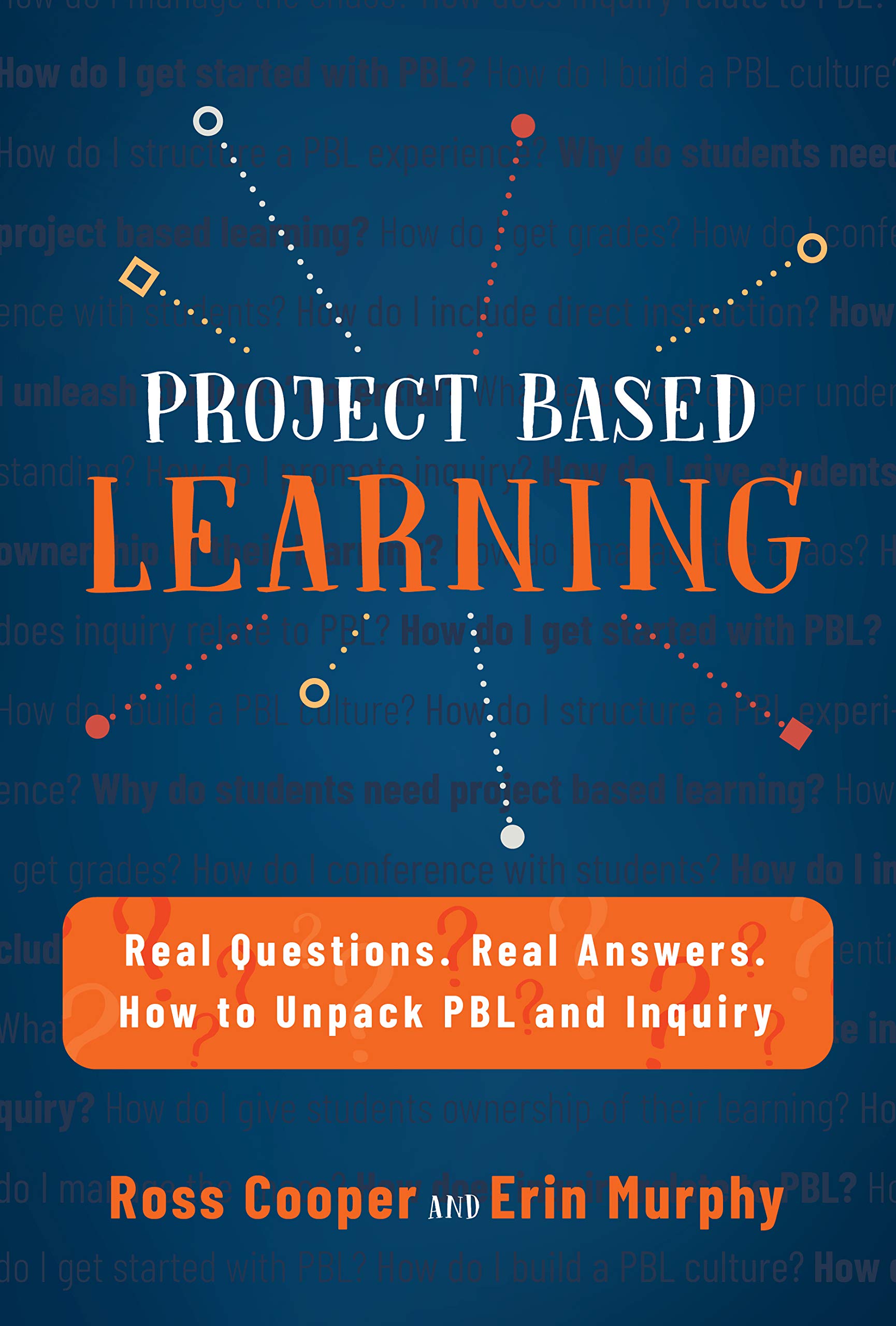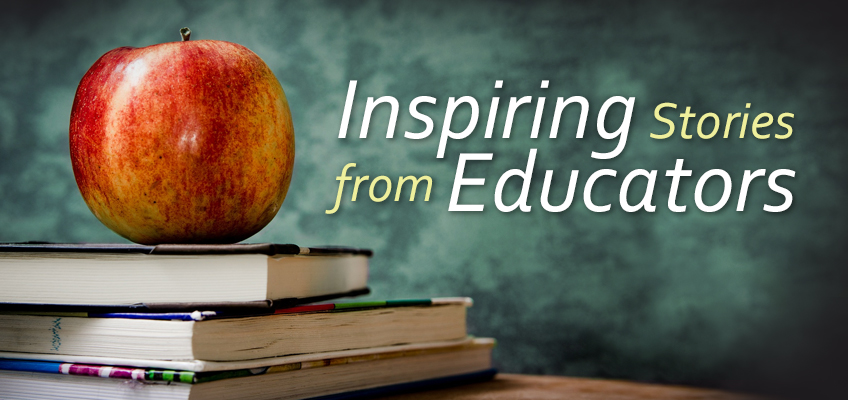
📌 Introduction: Beyond Books and Tests
Imagine a classroom where students don’t just memorize facts—they build, design, collaborate, investigate, and solve real-world problems. That’s the heart of Project-Based Learning (PBL).
PBL is an instructional approach where students gain knowledge and skills by working for an extended period of time to investigate and respond to complex questions, problems, or challenges.
Instead of asking, “What will be on the test?” students start asking, “How can I solve this problem?”
🧠 1. What Is Project-Based Learning?
Project-Based Learning (PBL) is more than just a classroom project. It’s a structured teaching method where:
- Learning starts with a real-world question or challenge.
- Students explore, research, and develop solutions.
- Teachers act as facilitators, not lecturers.
- The process is collaborative, student-centered, and multi-disciplinary.
Example: Rather than learning about pollution from a textbook, students might test local water quality and design a campaign to raise awareness in their community.
🎯 2. Core Elements of High-Quality PBL
According to the Buck Institute for Education (PBLWorks), gold-standard PBL includes these elements:

| Element | Description |
|---|---|
| ✅ Challenging Problem | A real-world question that sparks curiosity |
| 👥 Sustained Inquiry | In-depth research over time, not just a quick task |
| 💬 Student Voice & Choice | Students make decisions about the project’s path |
| 📚 Authenticity | The work relates to real-life issues and audiences |
| 🤝 Collaboration | Teamwork and communication are essential |
| 🧪 Reflection | Students reflect on what and how they’re learning |
| 📝 Public Product | Students share their results beyond the classroom |
| 🧑🏫 Teacher as Coach | The teacher guides, questions, and supports |
📚 3. How PBL Is Different from Traditional Projects
| Traditional Project | Project-Based Learning (PBL) |
|---|---|
| Done after a unit | Drives the entire unit |
| Often repetitive or decorative | Deep, critical thinking required |
| Individual, isolated tasks | Collaborative, real-world problems |
| Graded on final product | Graded on process, research, and outcome |
| Little student ownership | High student voice and autonomy |
🏗️ 4. Examples of PBL in Action
🧪 Science:
Driving Question: “How can we reduce our school’s carbon footprint?”
Project: Conduct an energy audit, interview staff, and create a sustainability proposal.
💵 Economics:
Driving Question: “How do businesses succeed in our local economy?”
Project: Create a mock business and pitch it to a panel of real entrepreneurs.
🧬 Biology:
Driving Question: “How can we stop the spread of disease in our community?”
Project: Study infectious disease transmission and design a health education campaign.
🏛️ Civics:
Driving Question: “What rights should young people fight for today?”
Project: Create a digital documentary advocating for a current youth issue.
✅ 5. Benefits of Project-Based Learning
🚀 A. Real-World Relevance
Students connect what they learn to authentic problems, making education more meaningful.
🤝 B. Builds 21st-Century Skills
PBL fosters:
- Collaboration
- Communication
- Critical thinking
- Creativity
🧠 C. Deeper Understanding
Students retain knowledge longer when they apply it, not just read or memorize it.
🎤 D. Promotes Student Agency
Learners feel ownership and pride over their work. They’re active creators, not passive consumers.
📣 E. Encourages Equity
Every student has a unique role and contribution, not just high test scorers.
⚠️ 6. Challenges in Implementing PBL
❌ A. Time-Consuming
PBL takes more planning and classroom time than traditional methods.
❌ B. Assessment Complexity
Grading isn’t as straightforward. It involves evaluating:
- Research
- Collaboration
- Problem-solving
- Final presentation
❌ C. Classroom Management
Keeping groups on task and accountable takes training and structure.
❌ D. Curriculum Alignment
Teachers must align projects with state standards and required content.
🧰 7. Tools and Resources for PBL
| Tool | Use |
|---|---|
| Trello / Asana | Project management and task tracking |
| Padlet | Collaboration boards for ideas and feedback |
| Google Workspace | Docs, Slides, and Forms for teamwork |
| Canva | Design for posters, infographics, presentations |
| PBLWorks.org | Project planning guides and rubrics |
| Wakelet | Curate research and digital resources |

🧭 8. Steps to Start Project-Based Learning
- Choose a real-world problem relevant to your subject and students.
- Craft a driving question that requires deep inquiry.
- Design a timeline and checkpoints.
- Provide resources and scaffolding for research.
- Facilitate collaboration and guide learning.
- Schedule a public presentation (online or in-person).
- Reflect on what went well—and what could improve.
🔮 9. The Future of PBL
As learning moves toward personalization and relevance, PBL is gaining ground globally. It’s being embraced in:
- STEM and coding education
- Entrepreneurship programs
- Global citizenship initiatives
- Hybrid and online classrooms
AI-powered PBL tools are emerging, offering data-driven insights into group work, idea generation, and progress tracking.
✅ Conclusion: From Passive to Purposeful
Project-Based Learning shifts education from rote memorization to real meaning. It empowers students to:
- Solve problems they care about
- Work like professionals
- Think critically and creatively
- Build confidence in public speaking and teamwork
In a world that values innovation and adaptability, PBL doesn’t just prepare students for tests—it prepares them for life.










